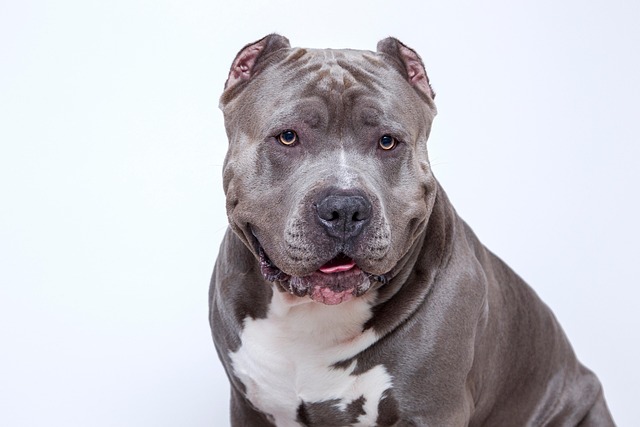
How do you treat gastrointestinal disease in dogs?
Gastrointestinal (GI) issues in dogs are more common than many new pet owners realize—they can pop up after a stolen table scrap, a sudden food switch, or even stress from a new apartment move.
It’s a common misconception that health problems only affect older dogs. The reality is that certain issues can appear at any stage of a dog’s life, but the types of problems and their frequency change dramatically as they age. Puppies can be prone to congenital issues and parasites, while adolescence might bring growth-related concerns. However, most owners start noticing a more consistent shift towards age-related health changes when their dog is officially considered a senior, which is typically around 7 to 8 years old for most breeds. This isn’t a hard deadline, but a general timeframe when proactive monitoring becomes your most powerful tool.
The science behind this is rooted in genetics and wear-and-tear. Large and giant breeds, like Great Danes or German Shepherds, often show signs of joint problems like hip dysplasia as early as 5 or 6 years old due to the immense stress on their bodies. Smaller breeds, like Chihuahuas or Dachshunds, might enjoy robust health for longer but can be predisposed to dental disease and heart valve issues that become apparent in their senior years. This is why consistent, preventive veterinary care is non-negotiable from the moment you bring your dog home. Keeping up with their vaccination schedule, including the legally mandated rabies vaccine in all U.S. states, and regular parasite control form the foundation of long-term health, helping to prevent issues that can cause complications later in life.

Your daily habits are your first line of defense. As your dog enters its senior years, you might notice a slower pace on walks, a bit of stiffness after rising, or even weight gain. This is your cue to act, not to panic. Transitioning to a senior-specific diet, incorporating gentle supplements like glucosamine (after a vet’s approval), and maintaining low-impact exercise are all crucial steps. This commitment to their well-being extends to your community responsibilities. A senior dog may need more frequent, shorter potty breaks. Always having a supply of bags to clean up immediately in shared apartment complex areas or on public sidewalks isn’t just good etiquette; it’s a legal requirement in most municipalities and a simple sign of respect for your neighbors.
It’s also vital to adjust your training and interaction to their changing needs. A senior dog might become less patient, have hearing loss, or show signs of canine cognitive dysfunction (doggy dementia). The modern, culturally endorsed approach in the U.S. and EU strictly emphasizes patience and positive reinforcement. Never scold a dog for age-related accidents or confusion. Instead, use more hand signals if their hearing is failing and reward calm behavior. Creating a comfortable home environment—like adding non-slip rugs on hardwood floors for stability and providing a supportive orthopedic bed—can significantly improve their quality of life and prevent injuries. Ultimately, while some health problems are inevitable with age, your vigilant care can delay their onset and manage their impact, ensuring your beloved companion enjoys their golden years in comfort.

Gastrointestinal (GI) issues in dogs are more common than many new pet owners realize—they can pop up after a stolen table scrap, a sudden food switch, or even stress from a new apartment move.

It’s a common misconception that health problems only affect older dogs. The reality is that certain issues can appear at any stage of a dog’s life

I sat with my friend Tom in his backyard last weekend, watching his 10-year-old German Shepherd, Bear, doze in the sun. “I keep wondering how much time we have left

I stood in a pet store with my friend Jake last weekend, watching him stare at a wall of puppy products—his 10-week-old French Bulldog, Lola, was coming home in 3 days

Gastroenteritis can throw a wrench in your dog’s usual energy—one day they’re begging for table scraps, the next they’re turning away from their favorite kibble, or dealing with upset tummies.

I sat with my coworker Mike in the break room last week, as he flipped through a stack of dog food bags—his 9-year-old Lab, Duke, had just been diagnosed with early kidney disease